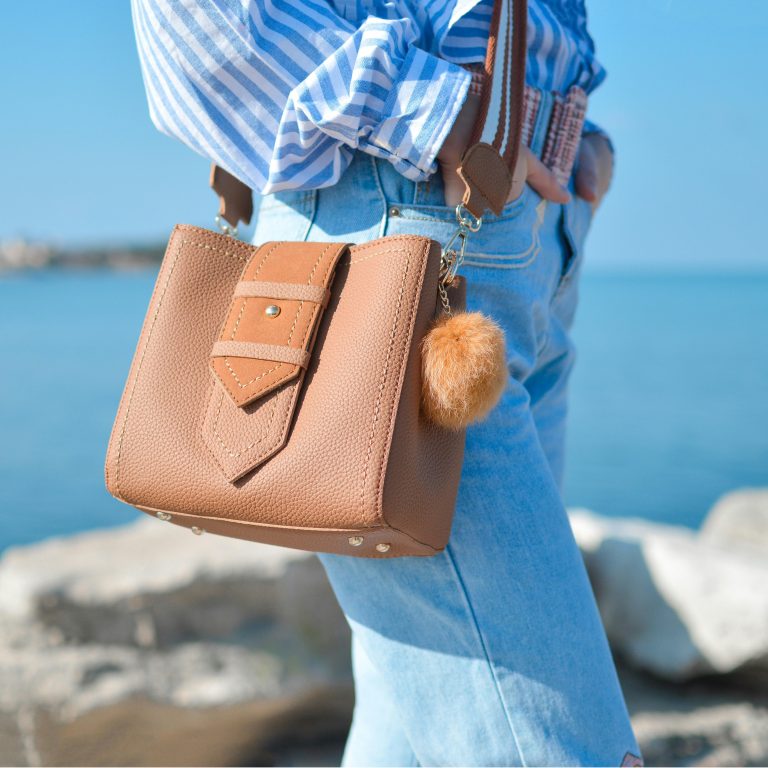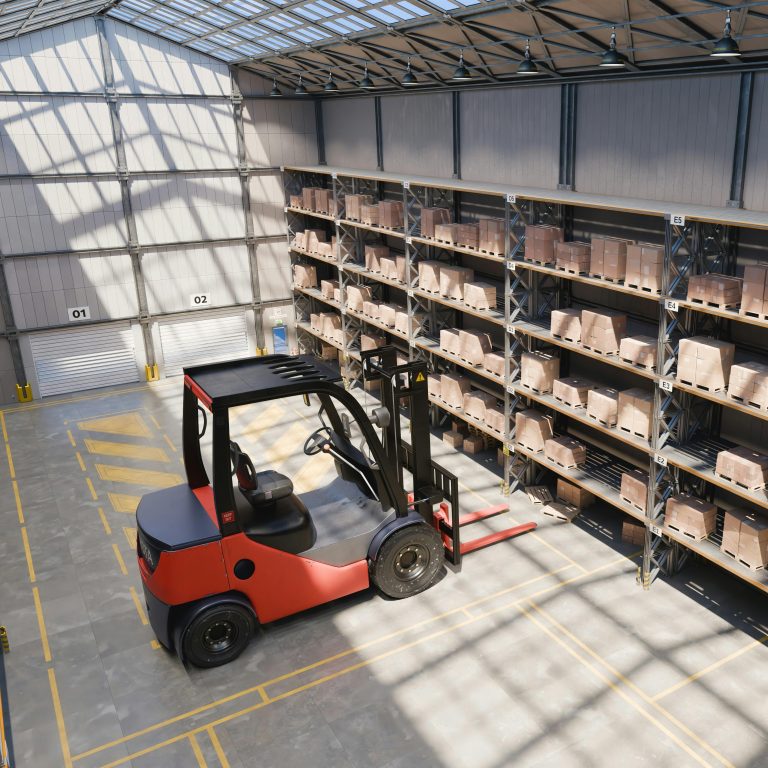Sustainable Materials in Bag Design: Paving a Greener Path for the Future
Increased Supply Requirements for Eco-Friendly Bags
The bag manufacturing sector has recently undergone a significant transformation in the use of more sustainable materials, driven by consumer behavior as well as environmental concern. From backpacks to tote bags, manufacturers are discovering new methods of producing eco-friendly items that are stylish, durable, and functional.
Plant-Based Leather Substitutes
Perhaps the most prominent of these are bio-based leather substitutes. These materials are made from waste products such as apple peels and pineapple leaves. These options are more cruelty-free and eco-friendly. Compared to leather, bio-based substitutes are much better for the environment as they emit greenhouse gases and do not require the large amount of water, chemicals, and leather tanning used on leather.
Water Based PU and Recycled PU
Water-based PU and recycled PU are also gaining traction. The use of water-based polyurethane replaces harmful solvents with water, resulting in reduced toxic emissions during production. Recycled PU, derived from post-consumer or industrial waste, allows manufacturers to reclaim waste materials and transform them into valuable products. Both options demonstrate that sustainable bag manufacturing is achievable without compromising on quality.
Eco-Friendly Production Practices
In addition to innovating materials, some manufacturers have begun using energy-efficient production methods along with recyclable packaging. The use of automated cutting machines (*steppers*) which use laser cutting to automate the cutting process of fabric *whilst cutting the fabric circle precisely, using the least amount of the material* helps eliminate material waste. In addition, auto masked bios degradeable or recyclable boxes help to eliminate packaging pollution.
Consumer Preferences and Market Impact
There is a growing trend in sustainably designed shifting bags which is a different paradigm. Eco friendly bags have changed from being niche to becoming more and more popular. Products which focus on a more ethical way to source and sell are being actively looked for by the consume. Brands that have Integrated Eco-Friendly approaches are gaining popularity in the market and are known for being responsible as well as gaining social responsibility.
Conclusion: A Sustainable Future for Bags
There is a growing trend for shifting bags which is different from the past. While there has always been a need for innovation in materials such as the bio-based leathers, the industry as a whole is waking up to the need for eco friendly production. The direction seems to be to reduce overall environmental pollution and meet eco conscious standards of production. The planet in which we live is facing more and more pressure, and more and more needs to be done in order to support nature.



